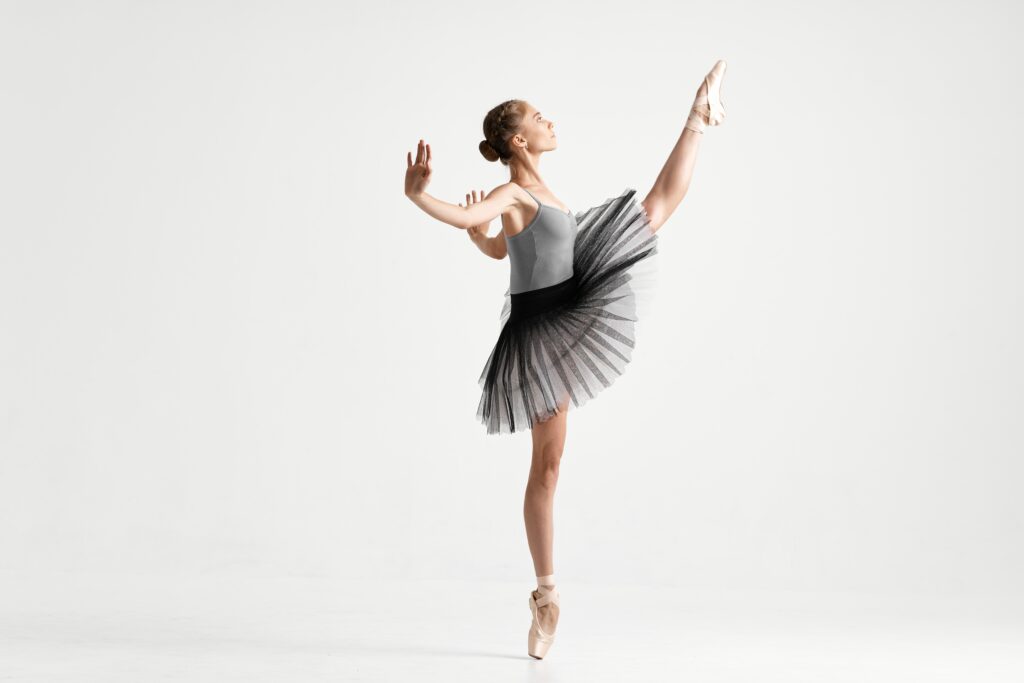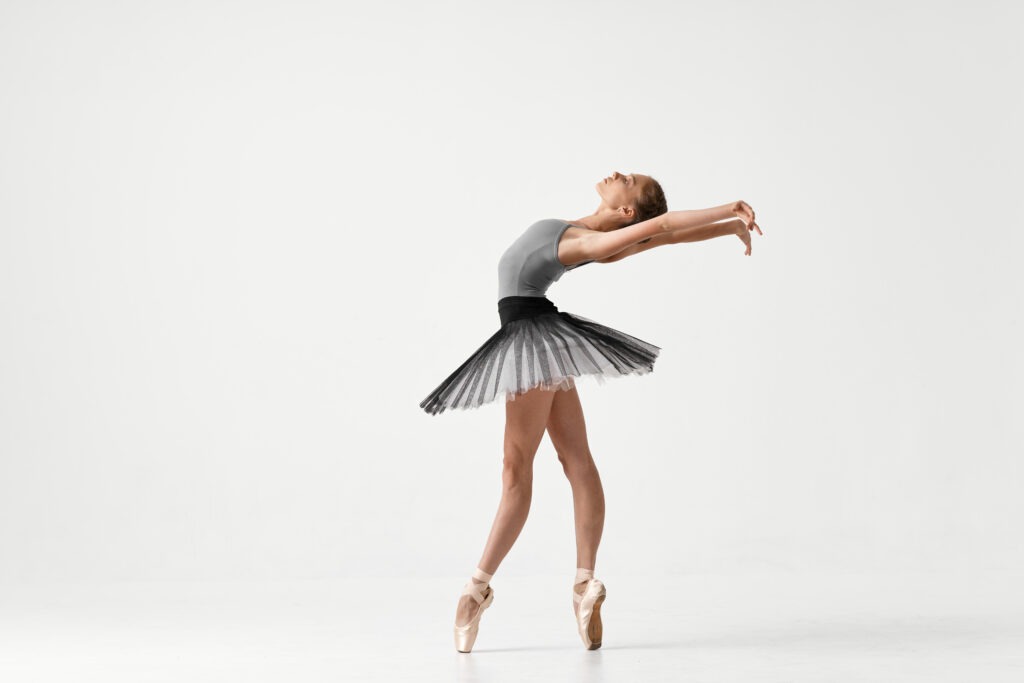
Science
Hello Again!? The renaissance of movement quality
Recently, in the context of modern, evidence-based neurorehabilitation, the question of movement quality was (once again) raised. But wasn’t this issue put to bed long ago?
Consideration of quality of movement seems almost anachronistic. Movement quality has always played a major role in so-called empirical treatment approaches (mainly the Bobath concept) and continues to do so today [1]. In the context of modern evidence-based therapy, however, it has taken more of a backseat thus far. This is because modern motor neurorehabilitation primarily focuses on target achievement – and therefore on achieving a functional outcome – and not on the way in which patients move or how they achieve a movement target [2]. Movement quality has therefore been considered a secondary treatment and research target, and compensation has been seen as the best possible way to control remaining movement after CNS damage [3]. But now, publications by reputable and internationally renowned neuroscientists are causing a renaissance in the study of movement quality. A working group (Stroke Recovery and Rehabilitation Roundtable, SRRR) led by Gert Kwakkel, Carolee Winstein, John Krakauer and others is providing a major impetus for this [4].
What has led to the renewed interest in movement quality?
Movement quality matters to SRRR researchers and others because it enables a distinction to be made between true recovery (restitution) and compensation. The question is therefore: what exactly makes stroke patients better as the disease progresses? The recovery of the nervous system (true recovery, restitution) and the regaining of physiological movement patterns, or alternative movement patterns (compensations) being trained and established [5]? Or a combination of both? Neuroplasticity plays a key role in recovery after a brain injury. It forms the basis for restitution as well as compensation. The central nervous system reacts to damage (e.g. stroke) with plastic changes. These can be adaptive (“favourable, good” plasticity) or maladaptive (“unfavourable, bad” plasticity) [7]. The former are spontaneous biological processes (reversal of diaschisis, regression of penumbra) which help with functional recovery, while the latter are learning- or experience-dependent processes. The learning- and experience-dependent mechanisms lead to structural (dendritic and axonal sprouting, cortical remapping, etc.) and functional changes (long-term potentiation) to the nervous system [6]. These learning- and experience-dependent forms of neuroplasticity (use-dependent plasticity, exercise-induced plasticity, guided recovery) are highly relevant when considering movement quality. This is because neuroplastic changes are not the result of automatic, untargeted and unalterable processes. Quite the opposite. Plasticity is stimulus-dependent and is ultimately the result of the repetition of certain movement patterns. Frequently repeated movement patterns are stored as a priority (Hebbian plasticity). This is the case with physiological movement patterns and less physiological movement patterns (compensation) alike. Compensatory movement patterns are considered a factor for maladaptive neuroplastic adjustments [6][8]. The “how” of movement control therefore also influences the type of neuroplasticity (adaptive or maladaptive).
Movement quality as the focus of training the upper limbs
The SRRR dealt with movement quality as part of the rehabilitation of the upper limbs. Here, it is mainly John Krakauer who has attracted attention with his recent research work and notable theses [8]. According to one of these theses, a “non-task-oriented approach may be more fruitful for recovery from motor impairment” than the widespread task-oriented therapy approach [9]. Krakauer goes even further to say: “the focus of training should be on movement quality rather than task accomplishment” [9]. His statements are based on the circumstances that neuroplasticity is stimulus-dependent and can therefore be influenced. And that the pathological movement patterns of the upper limbs (flexor synergy) are also alterable and are not exactly the best possible remaining type of movement control. They are merely the easiest way for the damaged nervous system to recall movements. This form of movement control is in no way an inevitable fate, but can be influenced in the sense of increased movement quality [10–12].
Lower limb recovery (standing, walking)
In a similar way to the upper limbs, improvements on the activity level here (walking speed, walking endurance) are not necessarily the result of actual restitution, but are often based on the learning of “effective” compensation strategies [13][14]. In everyday clinical practice, typical compensations can be observed: reduced transfer of weight in the supporting leg phase on the paretic side, knee hyperextension in the supporting leg phase on the paretic side, circumduction in the swing phase on the paretic side, extended standing phase on both legs, asymmetric movement pattern etc. The positive influence of movement quality may therefore enable the use of adaptive forms of neuroplasticity. Various studies give indications of this [15–16].
Routson and colleagues [16] investigated the effect of treadmill exercise manually supported by therapists in stroke patients. They reached the conclusion that this training “has the potential to influence […] timing quality, which can lead to improvements in symmetry”. The manual assistance used was designed to positively influence the desired movements of the trunk and lower limbs during walking, as well as temporal and spatial movement patterns.
However, the authors of the study point out that the effect of the therapy depended on the severity of the deficits. It appears sensible to observe and treat movement quality in an appropriate manner during rehabilitation of the lower limbs (walking). For this reason, Clare Maguire [17] points out that interventions which “facilitate the selective activation of muscle synergies during walking” should be used. For example, through targeted gait training with and without equipment, where the kinematic movement performance is influenced and physiological movement patterns are practised. This prevents the use of compensatory movement strategies, which in turn can help with the recovery of pre-morbid movement patterns [17].
Conclusion
Addressing movement quality has returned to the spotlight of motor neurorehabilitation as a relevant topic. There are no one-size-fits-all solutions to this problem. The role of movement quality and compensation should rather be assessed in a very differentiated and individualised manner. On the one hand, not all patients have the same potential for change and recovery. And on the other hand, research is definitely still needed to develop and evaluate future treatment strategies. Regarding the above factor of potential for change, Robertson [18] claims that patients can fall into three subgroups:
1. Patients with spontaneous recovery (slight damage to the nervous system)
2. Patients with guided recovery* (moderate damage to the nervous system) *use-dependent plasticity, learning-dependent plasticity, exercise-induced plasticity
3. Patients with no or very low recovery (severe damage to the nervous system)
For patients from subgroup 2, therapy that takes into account movement quality is sensible. For those from subgroup 3, therapy that allows for or even trains compensations is suitable. That is to say, some patients benefit from a treatment approach tailored to recovery (movement quality) and others from a compensation-based approach [13].
Sources:
[1] Michielsen M, Vaughan-Graham J, Holland A, et al. The Bobath concept – a model to illustrate clinical practice. Disabil Rehabil 2019; 41: 2080–2092. doi: 10.1080/09638288.2017.1417496
[2] Roby-Brami A, Jarrassé N, Parry R. Impairment and Compensation in Dexterous Upper-Limb Function After Stroke. From the Direct Consequences of Pyramidal Tract Lesions to Behavioral Involvement of Both Upper-Limbs in Daily Activities. Frontiers in Human Neuroscience 2021; 15
[3] Lamprecht S., Lamprecht H. Die zehn größten Irrtümer in der Neuroreha. PT-Zeitschrift 2021; 73
[4] Kwakkel G, Van Wegen E, Burridge JH, et al. Standardized measurement of quality of upper limb movement after stroke: Consensus-based core recommendations from the Second Stroke Recovery and Rehabilitation Roundtable. Int J Stroke 2019; 14: 783–791. doi: 10.1177/1747493019873519
[5] Buma F, Kwakkel G, Ramsey N. Understanding upper limb recovery after stroke. Restor Neurol Neurosci 2013; 31: 707–722. doi: 10.3233/RNN-130332
[6] Joy MT, Carmichael ST. Encouraging an excitable brain state: mechanisms of brain repair in stroke. Nat Rev Neurosci 2021; 22: 38–53. doi: 10.1038/s41583-020-00396-7
[7] Takeuchi N, Izumi S-I. Maladaptive plasticity for motor recovery after stroke: mechanisms and approaches. Neural Plast 2012; 2012: 359728. doi: 10.1155/2012/359728
[8] Krakauer J., Carmichael S. Broken Movement: The Neurobiology of Motor Recovery after Stroke. MIT Press; 2017
[9] Krakauer JW, Cortés JC. A non-task-oriented approach based on high-dose playful movement exploration for rehabilitation of the upper limb early after stroke: A proposal. NeuroRehabilitation 2018; 43: 31–40. doi: 10.3233/NRE-172411
[10] Murata Y, Higo N, Oishi T, et al. Effects of motor training on the recovery of manual dexterity after primary motor cortex lesion in macaque monkeys. J Neurophysiol 2008; 99: 773–786. doi: 10.1152/jn.01001.2007
[11] Lum PS, Mulroy S, Amdur RL, et al. Gains in upper extremity function after stroke via recovery or compensation: Potential differential effects on amount of real-world limb use. Top Stroke Rehabil 2009; 16: 237–253. doi: 10.1310/tsr1604-237
[12] Lewthwaite R, Winstein CJ, Lane CJ, et al. Accelerating Stroke Recovery: Body Structures and Functions, Activities, Participation, and Quality of Life Outcomes From a Large Rehabilitation Trial. Neurorehabil Neural Repair 2018; 32: 150–165. doi: 10.1177/1545968318760726
[13] Bowden MG, Behrman AL, Woodbury M, et al. Advancing measurement of locomotor rehabilitation outcomes to optimize interventions and differentiate between recovery versus compensation. J Neurol Phys Ther 2012; 36: 38–44. doi: 10.1097/NPT.0b013e3182472cf6
[14] Beyaert C, Vasa R, Frykberg GE. Gait post-stroke: Pathophysiology and rehabilitation strategies. Neurophysiol Clin 2015; 45: 335–355. doi: 10.1016/j.neucli.2015.09.005
[15] Hornby TG, Campbell DD, Kahn JH, et al. Enhanced gait-related improvements after therapist- versus robotic-assisted locomotor training in subjects with chronic stroke: a randomized controlled study. Stroke 2008; 39: 1786–1792. doi: 10.1161/STROKEAHA.107.50477
[16] Routson RL, Clark DJ, Bowden MG, et al. The influence of locomotor rehabilitation on module quality and post-stroke hemiparetic walking performance. Gait Posture 2013; 38: 511–517. doi: 10.1016/j.gaitpost.2013.01.0 [17] Krakauer JW, Kitago T, Goldsmith J, et al. Comparing a Novel Neuroanimation Experience to Conventional Therapy for High-Dose Intensive Upper-Limb Training in Subacute Stroke: The SMARTS2 Randomized Trial. Neurorehabil Neural Repair 2021; 35: 393–405. doi: 10.1177/15459683211000730
[17] Maguire CC, Sieben JM, De Bie RA. Movement goals encoded within the cortex and muscle synergies to reduce redundancy pre and post-stroke. The relevance for gait rehabilitation and the prescription of walking-aids. A literature review and scholarly discussion. Physiother Theory Pract 2019; 35: 1–14. doi: 10.1080/09593985.2018.1434579
[18] Robertson IH, Murre JM. Rehabilitation of brain damage: brain plasticity and principles of guided recovery. Psychol Bull 1999; 125: 544–575. doi: 10.1037/0033-2909.125.5.544


Martin Huber
Physiotherapist and Master of Science in Neurorehabilitation
Related contents
Find related exciting contents in our media library.
Meet our specialists.
Are you interested in our solutions? Schedule a meeting with a Consultant to talk through your strategy and understand how TEHRA-Trainer can help you to advance rehabilitation.